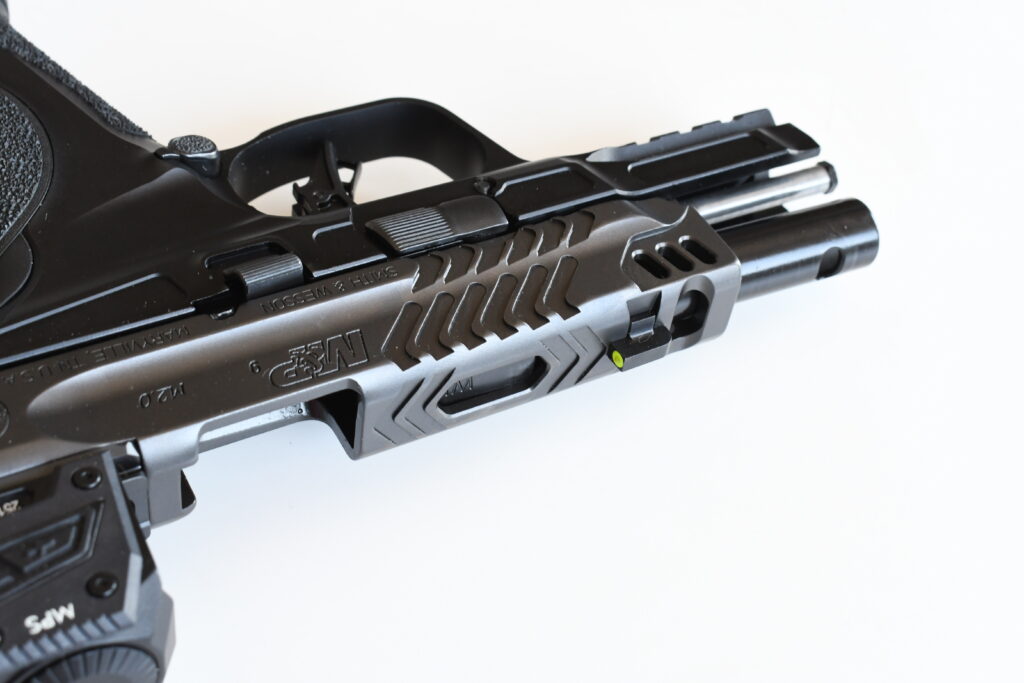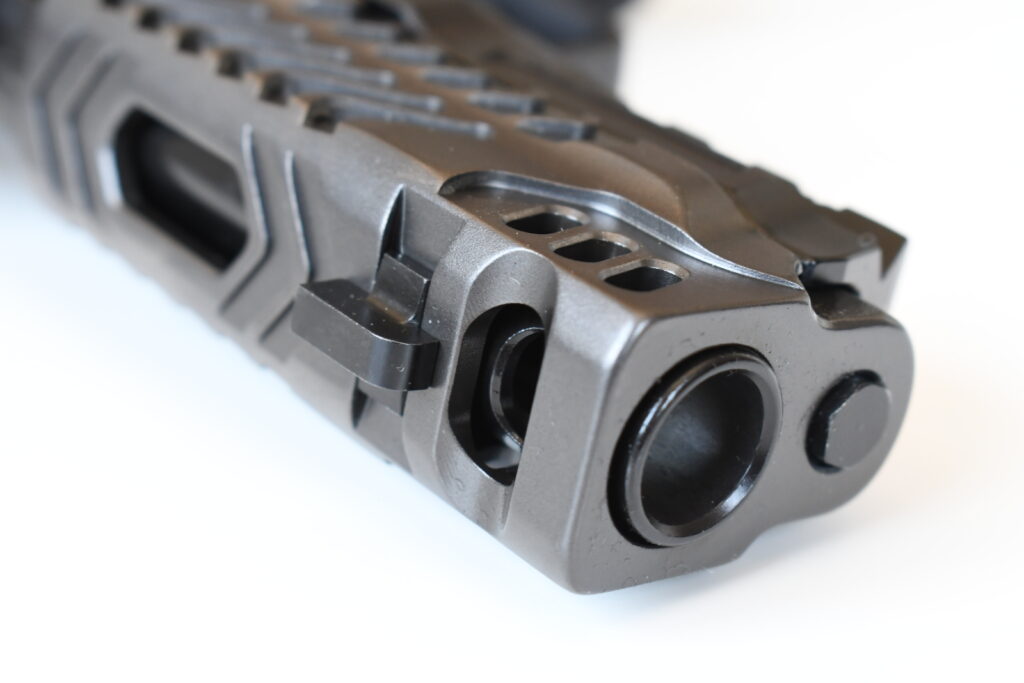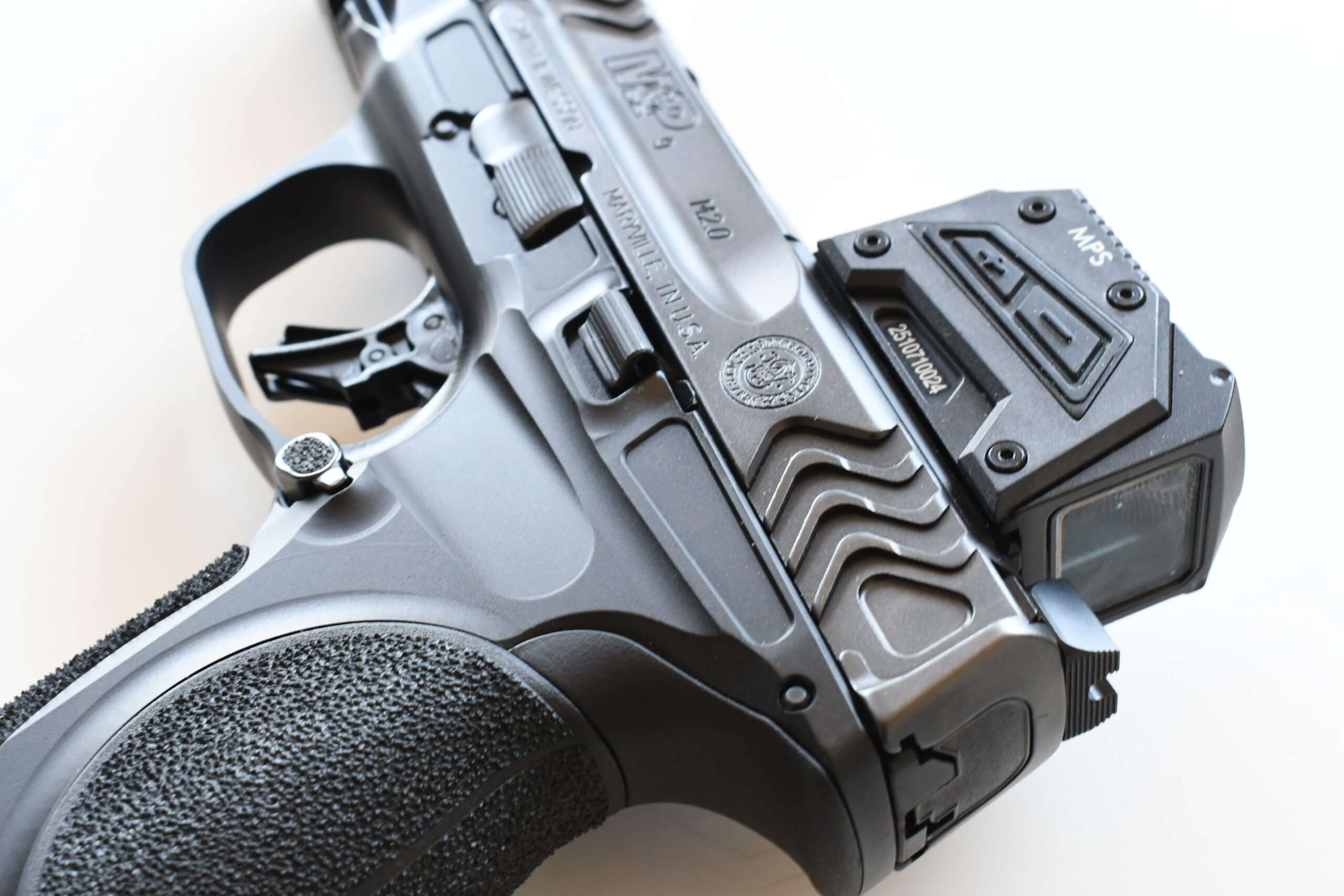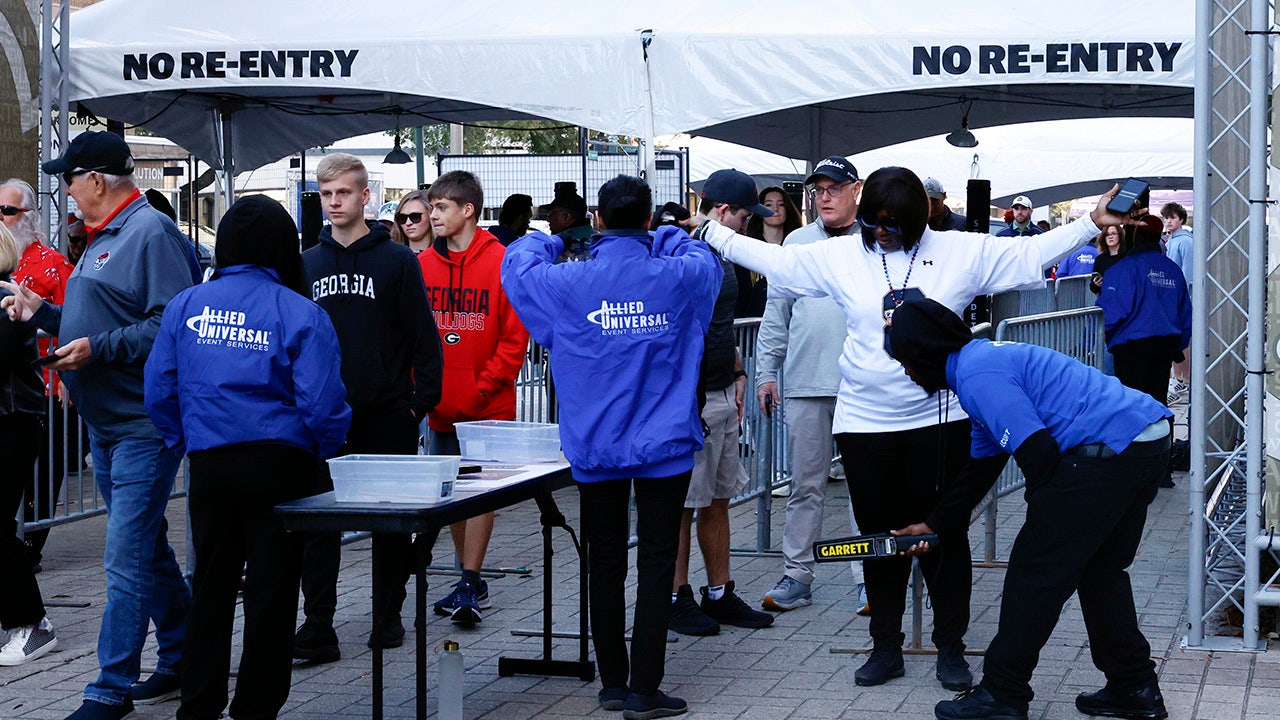The 9mm Smith & Wesson M&P 2.0 Metal Performance Carry Comp is one of three midsummer pistol launches we saw from Smith & Wesson this year. I got the chance to wring one out, specifically the aluminum frame full-size 17-round version with the standard 4.25-inch top-end.
The other two Performance Center SKUs include a polymer frame M&P 2.0 Compact and a polymer frame M&P Shield. Both are also chambered for 9mm Luger.
With regards to Smith & Wesson’s M&P 2.0 family, handling and shooting the aluminum-framed Carry Comp isn’t my first rodeo. Across my publications, I’ve reviewed four other M&P 2.0 models: the original 2022 M&P 9 2.0 Metal, the standard polymer M&P 9 2.0, the M&P 10mm 2.0 CORE, and the 2023 M&P 9 2.0 Performance Center SPEC series.
Given that this new M&P Carry Comp is the fifth member of this handgun family I’m writing about, there is no point in repeating myself. The common thread applicable to all M&P 2.0 pistols is that despite their quirks, these handguns are fundamentally sound. Smith & Wesson has built the M&P 2.0 series on good bones.
M&P 2.0s are considered reliable, have modern ergonomic grips, and have a “natural” 18-degree grip angle. This is fantastic for smooth target presentations from the draw. In essence, they have everything a shooter needs to be able to shoot at a high level. More so because the series has been on the market for years, so aftermarket support is robust.
Externally, the full-size 9mm Smith & Wesson M&P 2.0 Metal Performance Center Carry Comp has the same proportions, dimensions, and layout as any other standard full-size 9mm M&P 2.0. However, it features the added pièce de résistance: its sleek, integrated ported barrels and slides.
Unlike externally attached pistol compensators, which screw onto a threaded muzzle and add extra encumbering length to the slide, the Carry Comp’s system exists within the “normal” dimensions.
M&P 2.0 Metal Performance Center Carry Comp models have a distinctive look. Correspondingly, they are finished with an attractive combination of charcoal gray slides and black Cerakoted frames. Besides their black Cerakote finish, the frame is an otherwise standard aluminum M&P frame.
It includes an accessory rail, extended ambidextrous slide stops, and the “newer” flat trigger seen on factory M&P 2.0 models in the last handful of years. These newer factory triggers have all but replaced the older “crescent-shaped” units first seen on the earliest iterations of the M&P 2.0 series—and for the better.
When I initially got this pistol in for review, I measured its trigger pull weight and ten trigger pulls with my digital trigger scale averaged out to 4 lbs, 3.7 ounces. Now that the pistol has seen nearly 1,000 rounds of 9mm, the trigger has smoothed itself out some more.
M&P Carry Comp Slide

Compared to other aluminum-framed M&P 2.0s, the Performance Center Carry Comp series differs with a space-age aesthetic. Its slide is milled with a pattern of slide serrations that look completely different from standard M&P Metal models. They are more angled and curvier than the normal vertically slanted serrations.
The dorsal area features a lightening cut along with a milled blowhole for the ported barrel. In order to accommodate the porting, the front sight’s dovetail is set slightly behind its typical location on the M&P 2.0 slide. Although it technically decreases sight radius, this delta is statistically insignificant. After all, this pistol is outfitted with carry sights, not patridge bullseye sights.
Night Fission Sights
Instead of relying on the typical set of basic three-dot iron sights found on both standard polymer or aluminum frame S&W 2.0 models, Carry Comps are supplied with a pair of Night Fission standard height night sights ideal for carry. The front sight has a contemporary bold and bright green front eye-grabbing dot with a tritium vial set in the middle for low-light shooting. The rear sight has a plain serrated face and a deep U-notch.
This Night Fission sight set is perfectly suitable for defensive training and concealed carry. However, I’m somewhat confused as to why the Carry Comp, whose slide is factory-cut for the S&W CORE optics mounting scheme, has standard height sights instead of a taller pair.

M&P 2.0 Carry Comp Barrel
Pistol barrels with direct porting are nothing new, but Smith & Wesson took a different approach with this model. Externally, the barrel measures the same 4.25 inches, like any other full-size standard M&P 2.0. Outer dimensions also correspond to the defaults, too.
However, the Carry Comp barrel differs internally. Unlike a standard 9mm M&P 2.0 barrel with rifling ending at the edge of the muzzle, the rifling of the Carry Comp barrel ends at the 3.9-inch mark, with approximately 0.58 inches of freebore to the muzzle. The barrel’s single oval-shaped port sits directly over this free-bore area and measures approximately .318 by .196 inches.
Because exterior dimensions are identical, I found that dropping in conventional barrels isn’t hard. (For example, switching to a non-ported barrel to make the pistol compliant with USPSA Carry Optics).
Continued In Part 2
Read the full article here












